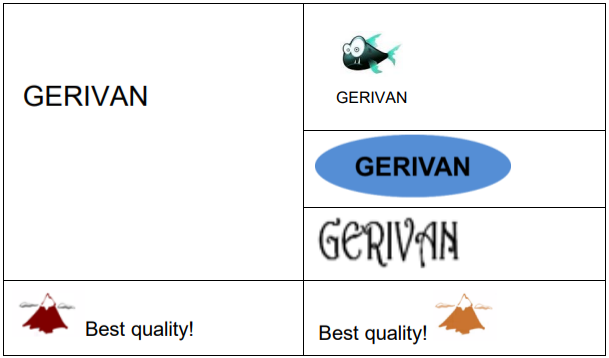Use of a Registered Trademark
To avoid forfeiture, a registered trademark must be used for an uninterrupted period of 5 years for all the goods and services designated in the application.
Regulations Regarding Use
With regard to this use, Article L714-5 of the French Intellectual Property Code specifies:
« Is assimilated to such use :
- Use made with the consent of the owner of the trademark or, in the case of collective trademarks, in accordance with the regulations;
- The use of the trademark in a modified form that does not alter its distinctive character;
- Affixing the mark to goods or their packaging exclusively with a view to export. »
Exploitation of the Trademark
The registered trademark may also be used in a slightly modified form as long as the distinctive character of the trademark is not altered (see examples below).
Failing to use a stylised part of a trade mark can alter the distinctive character of the trade mark and thus the Offices can revoke a trade mark for lack of genuine use.
Thus, the owner of the European trademark had his trademark revoked on the grounds that he was using it as follows. The judges considered that the omission of the word “jeans” from the mark as used was sufficient to alter the distinctive character of the registered mark, because the word “jeans” was registered in a stylised form.
Registered trademark
Brand as used

Meaning of a Trademark in a Foreign Language and Likelihood of Confusion
Generally speaking, trademarks registered in fonts such as Mandarin, Japanese or Cyrillic are considered by consumers to be figurative trademarks.
However, Schweppes International has just had its trademark canceled by the EUIPO because of a likelihood of confusion in Latvia between this mark and the mark bearing the name of a Russian company.
Indeed, the MAY TEA marks are the Latin transcription of the Cyrillic mark.
The Latvian people, with their strong knowledge of Cyrillic and English, will then be able to confuse the origin of products marketed under MAY TEA brands.
We therefore recommend that, before filing a European application, you ensure that your trademark is not likely to be confused with an earlier trademark in a foreign language understood by all or some European consumers.

